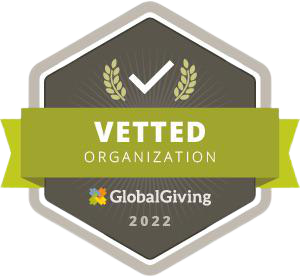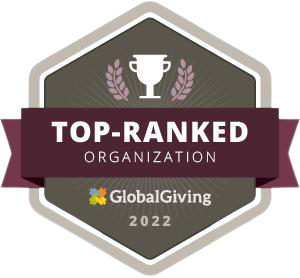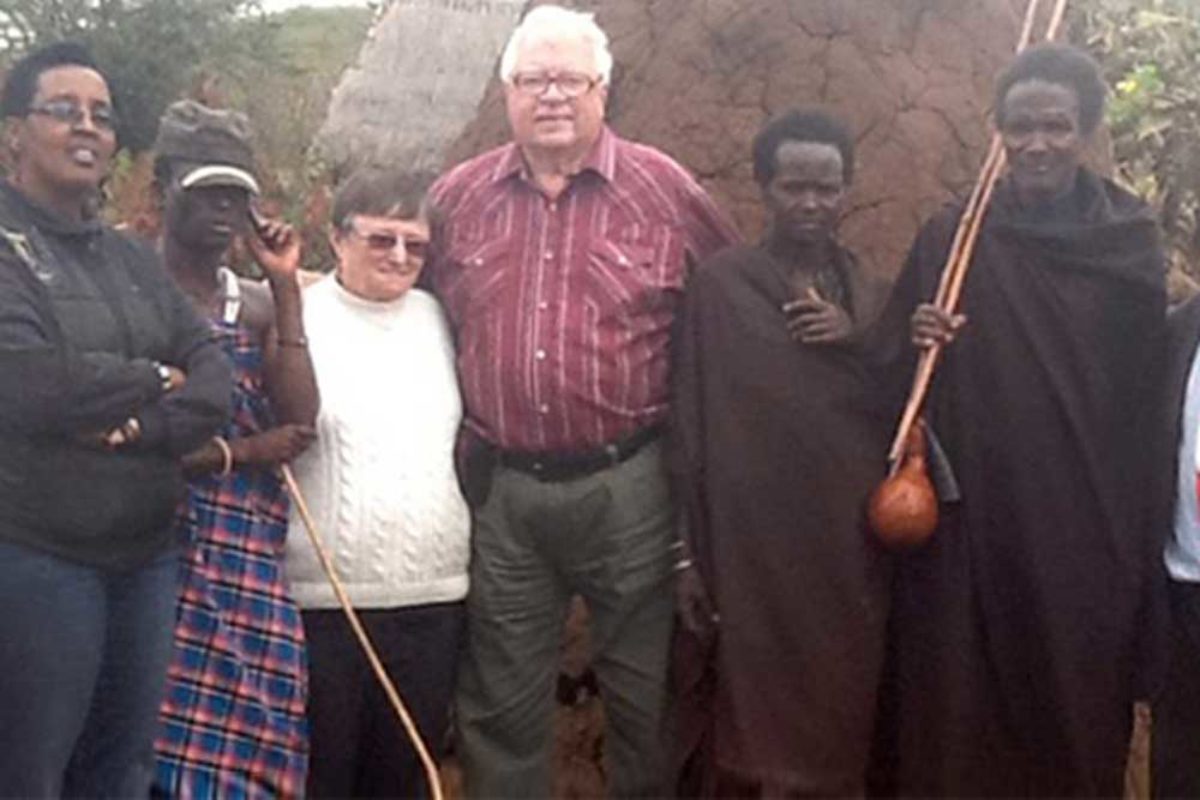
Going Back to the Roots : Interview with Don Fraser
Today we’d like to tell you a story about a man, without whom you wouldn’t be reading this, as there is a very high chance that CR HOPE would never come to existence. This man was the reason our co-founders Cosiano and Renos were able to understand each other – quite literally actually, as thanks to him Cosiano learnt English. Don, a Canadian secondary education professional, met Cosiano during one of his trips to Tanzania in 1992, and since then their relationship has flourished. He has kindly agreed to answer a few of our questions and tell us about his story, how he met Cosiano and how we can encourage others to help those around us.
CR HOPE: Please tell us a bit about yourself, Don.
DON: I am now 79 years old. I retired from a career in secondary education in 2001. I was a school counselor and head of secondary school counselling and guidance services. For my final 15 years of employment the school district selected me to develop and operate programs for teenagers with behavioral problems so severe that they couldn’t function in regular classrooms. Since my retirement I have continued to volunteer each year with various Canadian organizations. This has fortunately taken me to many developing countries to work with people with handicaps. In recent years I have taught English as a second language. My most recent assignment was to teach young Buddhist monks in Laos. I returned on four occasions. I have always had a passion to help people, especially those less fortunate and those in trouble.
CR HOPE: And where in Canada are you from? Tell us a bit about your childhood.
DON: I have always lived in British Columbia. My boyhood years were spent on my father’s small mixed farm where I learned the value of hard work: milking cows, harvesting fruit and vegetables, haying, and tending to the sheep and chickens. My adult years have mostly been spent in Kamloops, a city of 80,000 people located in the interior of the province.
CR HOPE: Great. And what exactly lead you to Tanzania? How many times have you been here?
DON: In fact, I have been to the country five times. A large part of my heart still remains in Tanzania. My first visit was when I took a leave of absence from my Canadian teaching job for two years 1991-1993. I was 50 years old when I first arrived in Dar Es Salaam. My wife at that time and I had been selected by C.U.S.O. (Canadian University Students Overseas) to do volunteer work in Hanang District, Arusha Region. At that time Hanang was a relatively new district. Our assignment was to work with the Barabaig Tribe in the community development. Those were the two most rewarding years of my life. We were housed in Katesh but drove out to several very remote surrounding villages. We spent some time speaking to the village elders to assess what their greatest needs were that we might help them with. We worked in three villages but concentrated on the village of Mureru. We helped the villagers to build their first village school, a two-room primary school that has since grown to four rooms. We helped to organize women’s groups to finance the establishment of power maize mills through microloans. We also helped youth in one village to build a small store from which they could sell staple products to the villagers. All these as well as other projects came from the ground up. Villagers took maximum involvement and were largely responsible for the success of their projects.
During those two years we also founded C. H. E. S. (Canadian Harambee Education Society), which was totally separate from C.U.S.O. This organization finances scholarships for poor young women from rural villages to attend secondary school. It was first started in Kenya and we were responsible for bringing it to Hanang. Of the seven girls who were part of C.H.E.S Hanang in 1993 there are now over 200 girls receiving their education through C.H.E.S.
I returned to Tanzania in 2000 to do further work with C.H.E.S. I returned a third time in 2006 with K.S.C.L. (Kamloops Society for Community Living). I had been selected to act as a support climber to help one of 29 developmentally delayed adults to summit Mount Kilimanjaro. In 2009 and 2016 I returned two more times as guests of my many friends in Hanang District.
CR HOPE: Wow, that sounds like quite a journey with many lives touched on the way, wonderful inspiration for us and our supporters! And what about Cosiano? How did you two meet and what did you do for him?
DON: Well, Arusha was the main supply center during our first trip to Tanzania, so we used to go there quite often. Cosiano Imbise and his partner Saimoni were selling African batiks on the city’s streets. I met Cosiano when I bought my first batiks from him. I brought them back to auction off for good causes in Canada. I learned over the years that Cosiano was an honest and trustworthy man who worked hard to support his family and community. In turn I supported him in his business ventures and encouraged him to be the best he could be. Why? Because I had faith in him.
CR HOPE: Did you think that your support and faith could potentially change his life?
DON: No, I was not initially aware of my influence on Cosiano. During my 2016 visit to Arusha I arranged for him to come from Zanzibar and spend a short time with my wife Sandy and myself. I was aware that Cosiano was doing well. He did it himself.
CR HOPE: Yes, we share your belief in people’s potential, and thanks to your story we now have one more proof that it always works. Has helping others always been high in the list of your priorities?
DON: Yes, a large part of my life is devoted to helping others. I have seen the results in my career, my volunteer work and my relationships. Whenever I am given an opportunity to help others both at home and abroad, I’d like to use the following four-way test:
- Is it the truth?
- Is it fair to all concerned?
- Will it build goodwill and better friendships?
- Is it beneficial to all concerned?
I think that all people could use this test to guide their thoughts and behaviors, when they are thinking of helping others.
CR HOPE: And how can we encourage people to do that?
DON: We give and someone else gives. If we give more than someone else, then the potential for someone else to give grows.
CR HOPE: Those are some truly wise words that somewhat coincide with our idea of paying it forward. Just one last question, Don. Is there anything you’d like to say to the kids that will be attending our school after its launch next year?
DON: Believe in yourself. Follow your dreams. Learn from your failures, you will have many. Love others.
CR HOPE: Thank you so much, Don. Your life is truly an inspiration for us, and we hope we will be able to pass your faith in other people to everybody we are working with. Once again, thank you.
DON: My pleasure and good luck with your work.
WAYS TO GET INVOLVED
Recent Posts

A Tribute to an Unsung Hero
A Tribute to an Unsung Hero. A tribute to William Fraser, a true inspirational leader and a shining example of the positive impact one person can have on
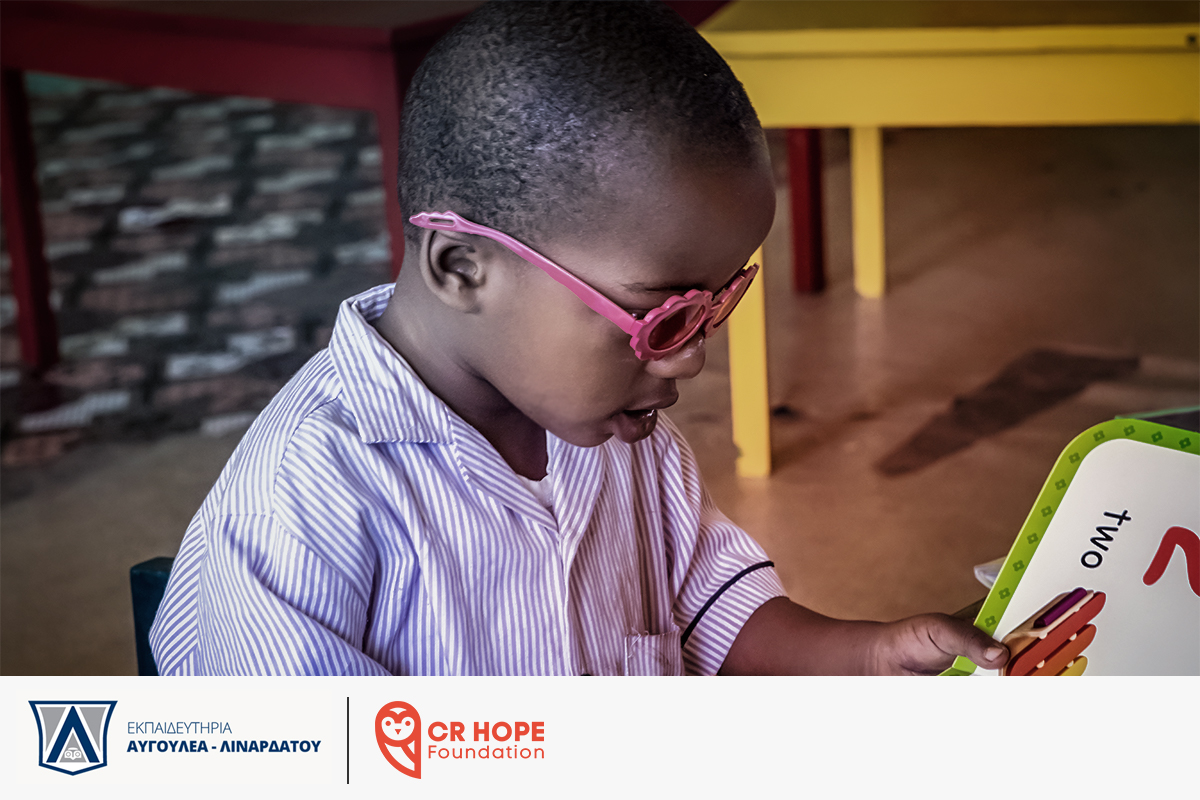
CR Hope Foundation School adds Educational Robotics Classes
In an exciting addition to its fast-growing range of student courses, the CR Hope Foundation’s Seeds of Light charity school in Kizimkazi, Zanzibar, has
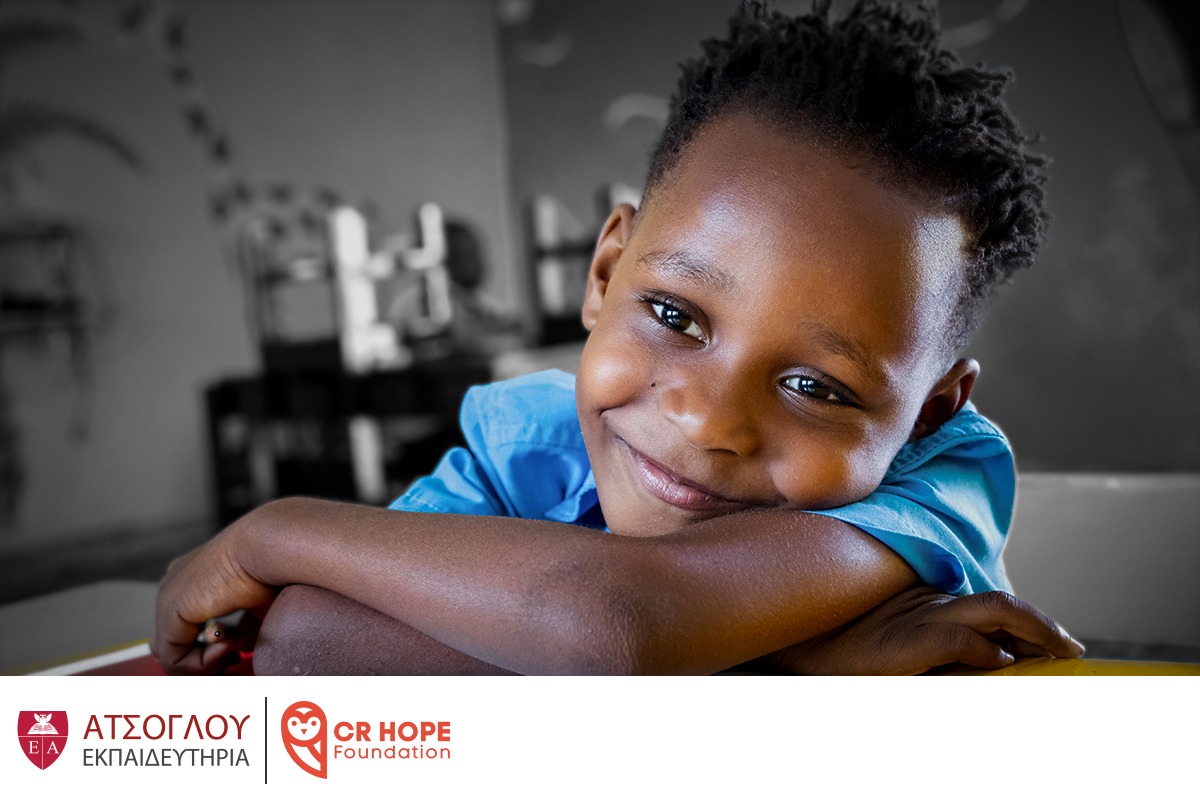
Doing More Together: CR HOPE Foundation Welcomes Atsoglou School as a New Partner
CR HOPE Foundation is delighted to announce a new partnership with Atsoglou School – an inspiring educational institution in Greece focusing on teaching its
GET IN TOUCH
- P.O. Box 4661, Kizimkazi. Mkunguni, Zanzibar, Tanzania
Privacy Overview
| Cookie | Duration | Description |
|---|---|---|
| cookielawinfo-checbox-analytics | 11 months | This cookie is set by GDPR Cookie Consent plugin. The cookie is used to store the user consent for the cookies in the category "Analytics". |
| cookielawinfo-checbox-functional | 11 months | The cookie is set by GDPR cookie consent to record the user consent for the cookies in the category "Functional". |
| cookielawinfo-checbox-others | 11 months | This cookie is set by GDPR Cookie Consent plugin. The cookie is used to store the user consent for the cookies in the category "Other. |
| cookielawinfo-checkbox-necessary | 11 months | This cookie is set by GDPR Cookie Consent plugin. The cookies is used to store the user consent for the cookies in the category "Necessary". |
| cookielawinfo-checkbox-performance | 11 months | This cookie is set by GDPR Cookie Consent plugin. The cookie is used to store the user consent for the cookies in the category "Performance". |
| viewed_cookie_policy | 11 months | The cookie is set by the GDPR Cookie Consent plugin and is used to store whether or not user has consented to the use of cookies. It does not store any personal data. |
